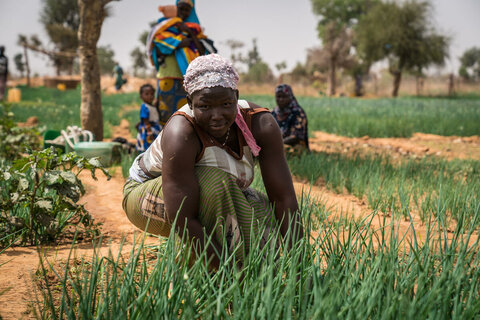Everything you need to know about FOOD SYSTEMS, how they can avert famine and help end hunger
Hosted by Italy, the Pre-Summit will be held in Rome from Mon 26 to Weds 28 July, with a vast virtual programme and platform. Click HERE to sign up for events including: ‘Action Track 5 - Build resilience’ (with WFP deputy executive director Amir Abdulla), Tues 11:30–13:30; School meals coalition, Weds 09.00-09.50
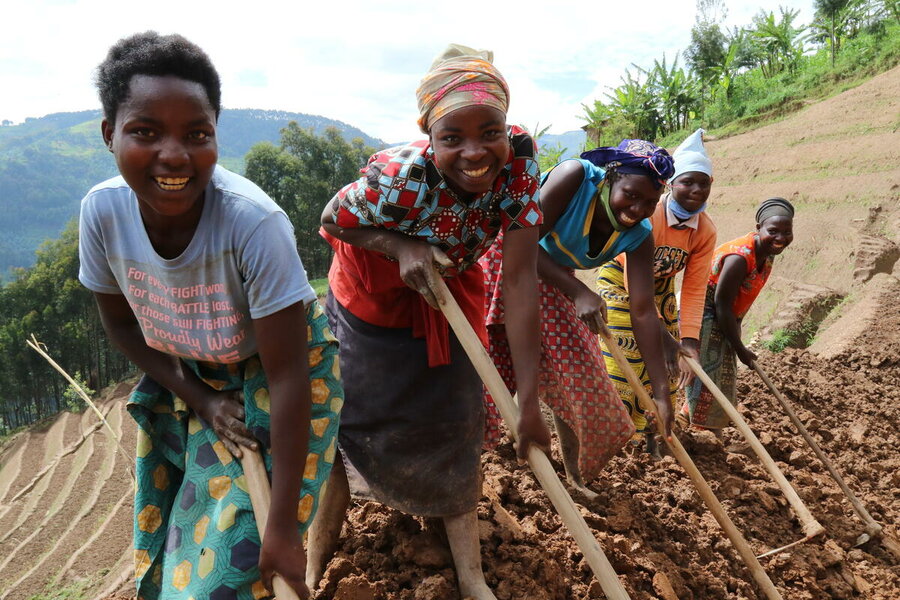
Earlier this month, the UN’s SOFI report (or The State of Food and Nutrition in the World 2021), confirmed the World Food Programme’s (WFP) worst fears — up to 811 million people went hungry last year as the combined effects of conflict, climate extremes and the coronavirus pandemic pushed a further 161 million into food insecurity.
WFP currently expects pockets of ‘famine-like’ conditions, identified in countries such as Yemen, Madagascar and South Sudan, to affect up to 584,000 people this year. To make matters worse for some of the world’s most vulnerable people, the latest UN figures show international food prices are up for a 12th consecutive month.
This all adds urgency to the UN’s three-day ‘pre-summit’ in Rome starting on Monday (26 July), ahead of the main food systems summit that will take place alongside the UN General Assembly in New York in September.
Representatives of the world’s 500 million smallholder farmers, as well as refugee communities, governments, NGOs, UN agencies, the private sector, corporations, universities and think-tanks, will hold conversations on social protection, school feeding, nutrition and supply chain, among other topics.
Below, our experts unpack the basics...
School Meals Coalition: Uniting to transform the lives of children
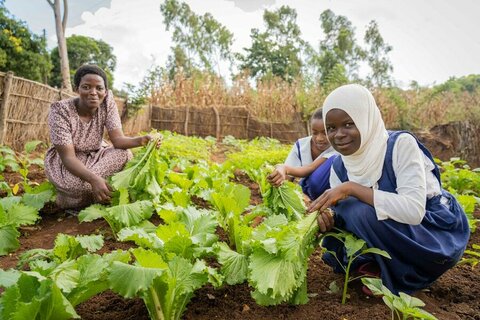
What are food systems?
In a nutshell, it encompasses everything from ‘farm to fork’— it’s about having a broader picture of how we literally produce, transport, process and consume food.
Can you give an example?
Take flour — where does the seed come from? Where was it sourced? Where was it planted? What materials were used to make it grow? How it was harvested?
How is it processed and packaged? Where is it sold? What was the end-use? Was it fed to livestock? Was it fed to human beings? How was it transported to supermarkets?
Then there is the ‘people factor’
Yes, so who is planting that seed? Who’s harvesting, who’s consuming? We want to see more of things like rehabilitating soil, planting, assessing the environmental impact? The process behind the moment food is consumed.
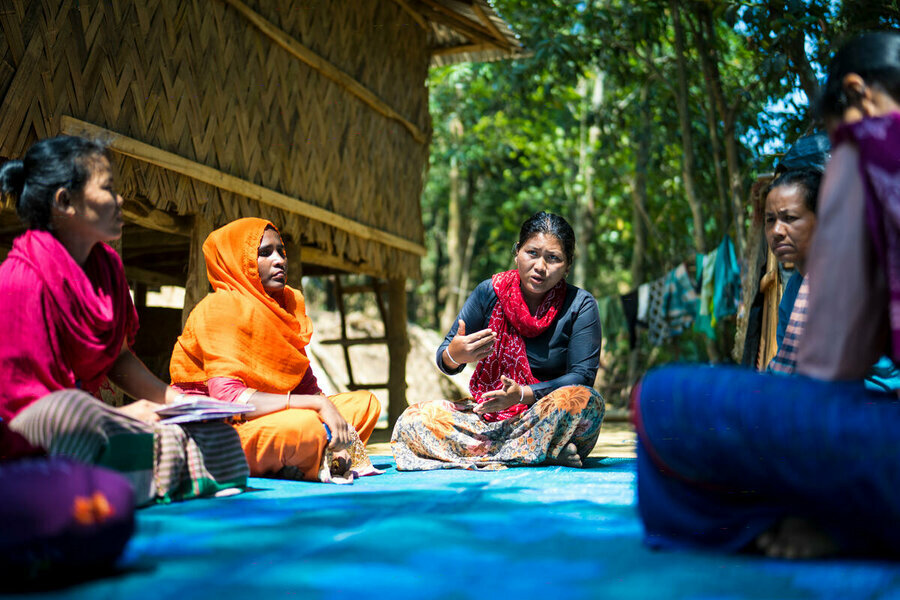
Why are food systems so important?
WFP currently seeks to save and change the lives of 115.5 million people in more than 80 countries — conflict remains the biggest driver of food security, followed by climate change and the coronavirus pandemic. Food systems have a key role to play in ensuring people's access to regular, nutritious food despite these factors.
These challenges show little sign of let-up
If you consider what happened with COVID-19 in terms of food systems, supply chain disruptions, what is still happening in terms of unemployment, and rising food prices, you can see the impact on the number of people who are suffering hunger and malnutrition.
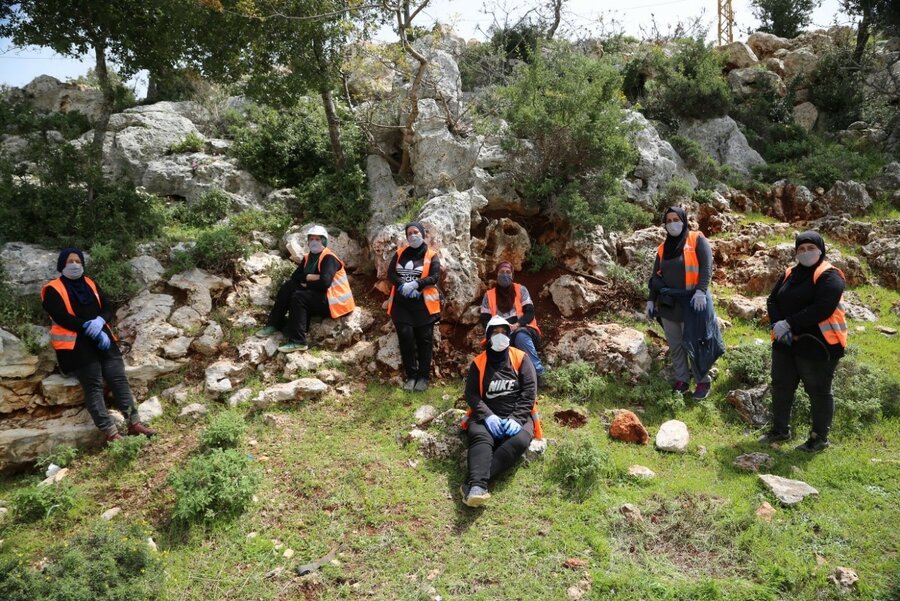
And there’s the environmental footprint
Yes. Huge increases in human population and food production over the past 50 years are exhausting the replenishment of natural ‘eco-services’ — think rivers and aquifers, healthy topsoil, forest lands, the sea world.
It begins with natural ecosystems and runs to sewerage, plastics dumping and food garbage, and back again to the way waste and demand is eroding the ecosystem building blocks of food production.
What’s the World Food Programme’s role in food systems?
WFP works to build ‘resilience’ to shocks caused by conflict or climate extremes, with a host of projects from rehabilitating soil to providing insurance to smallholder farmers, from literacy schemes to running school meals programmes.
Working together, the organization and its partners can help secure social protection by ensuring food systems provide adequate, safe, and nutritious foods, while empowering people with the skills and resources they need to prepare for shocks.
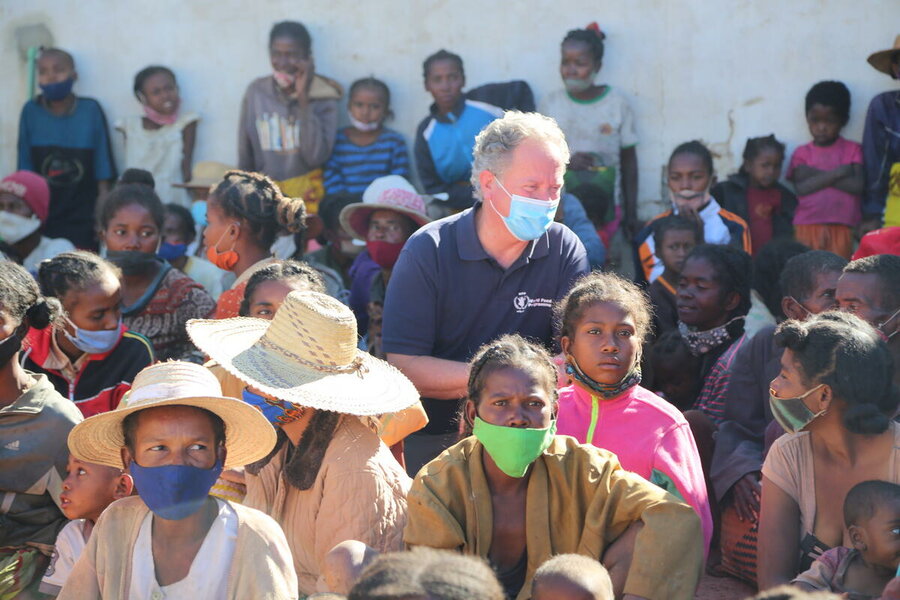
What can the rest of us do?
To continue saving and changing lives through 2021, WFP needs US$15 billion. All of WFP’s operations are entirely funded through voluntary contributions from donor governments, institutions, corporations and individuals. Click here to donate.

